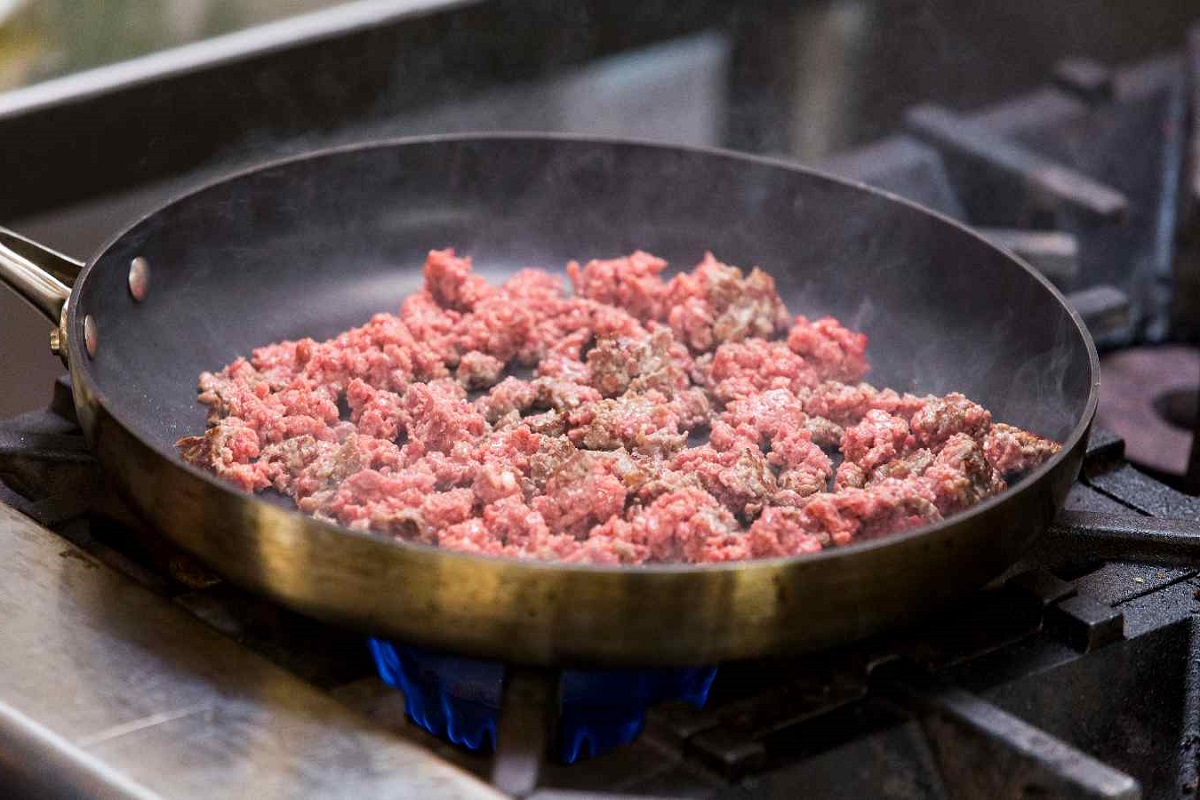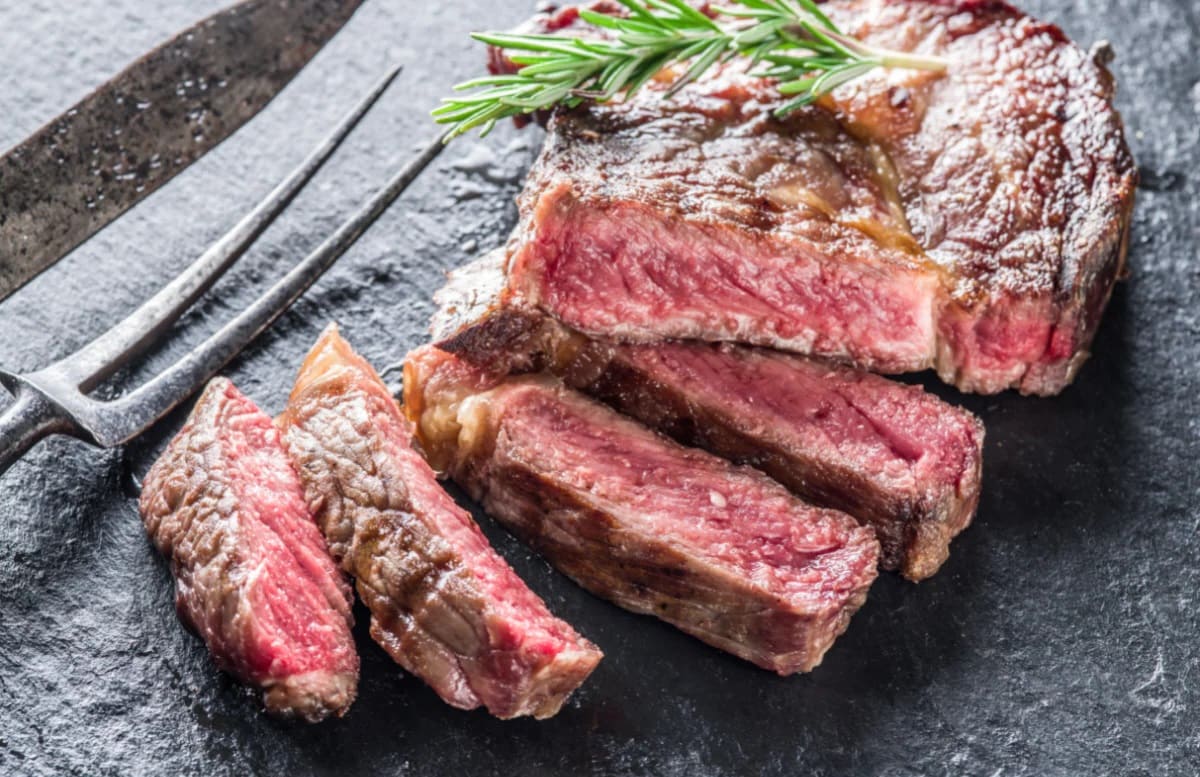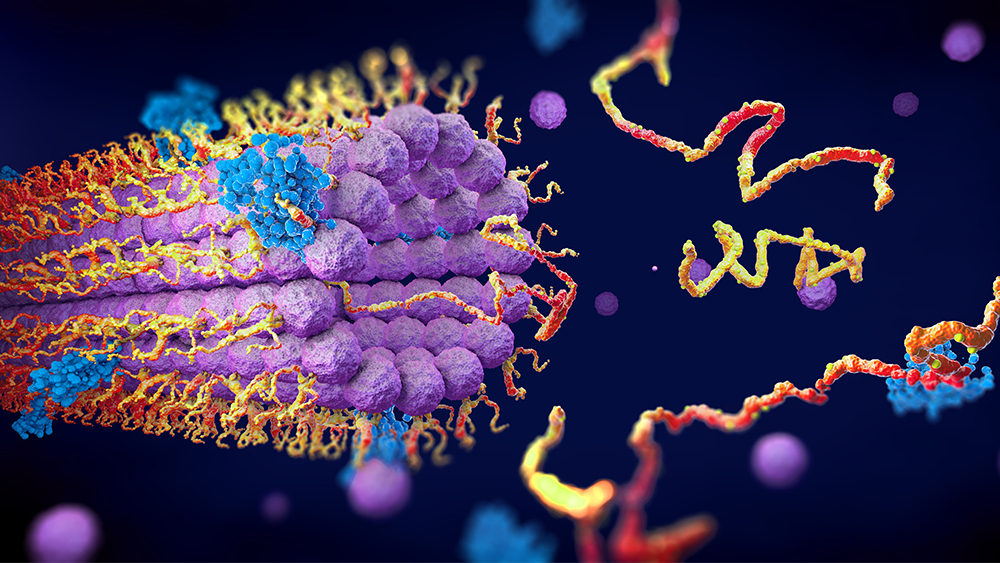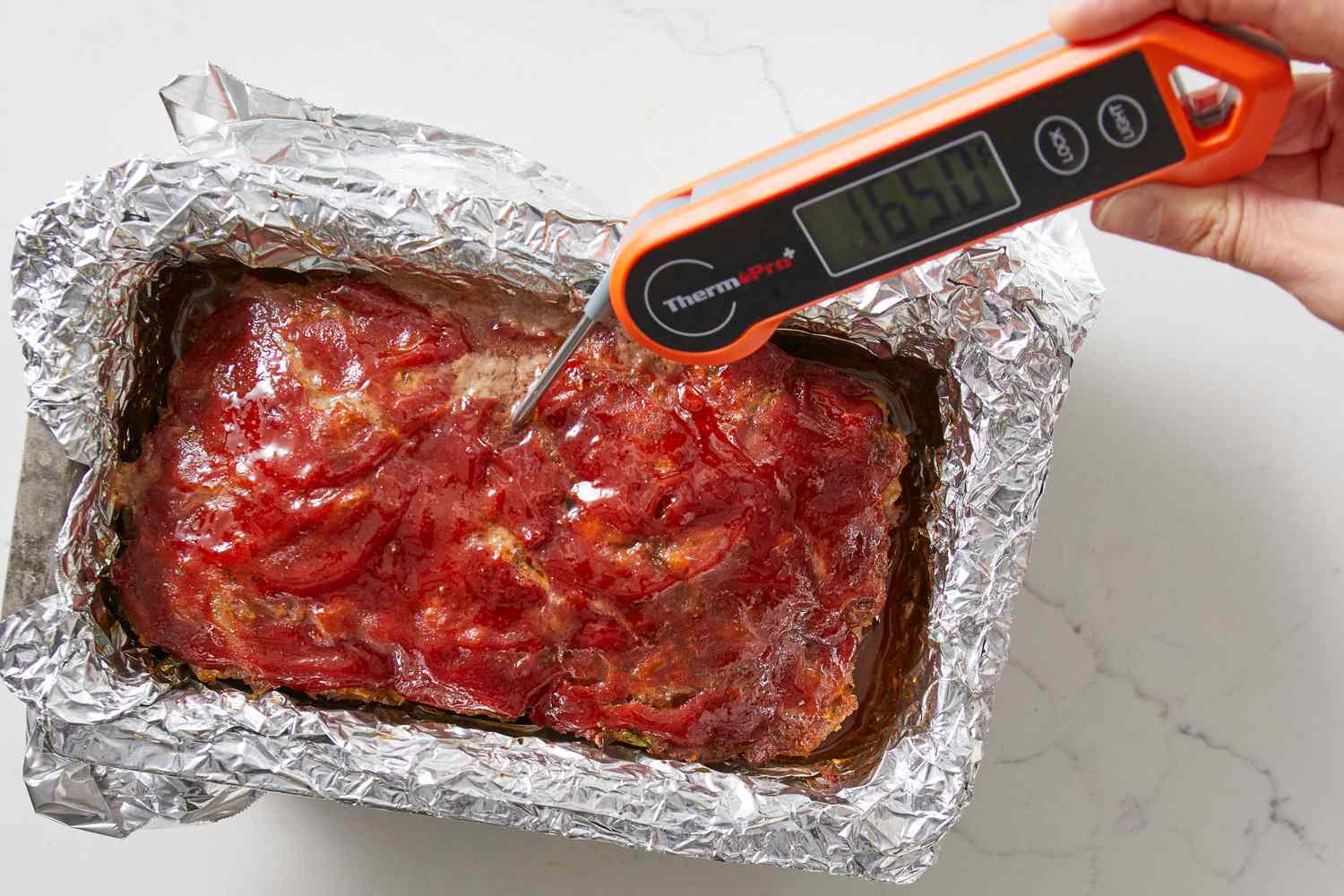Home>Weather and Climate>Optimizing Concrete Performance In Cold Weather
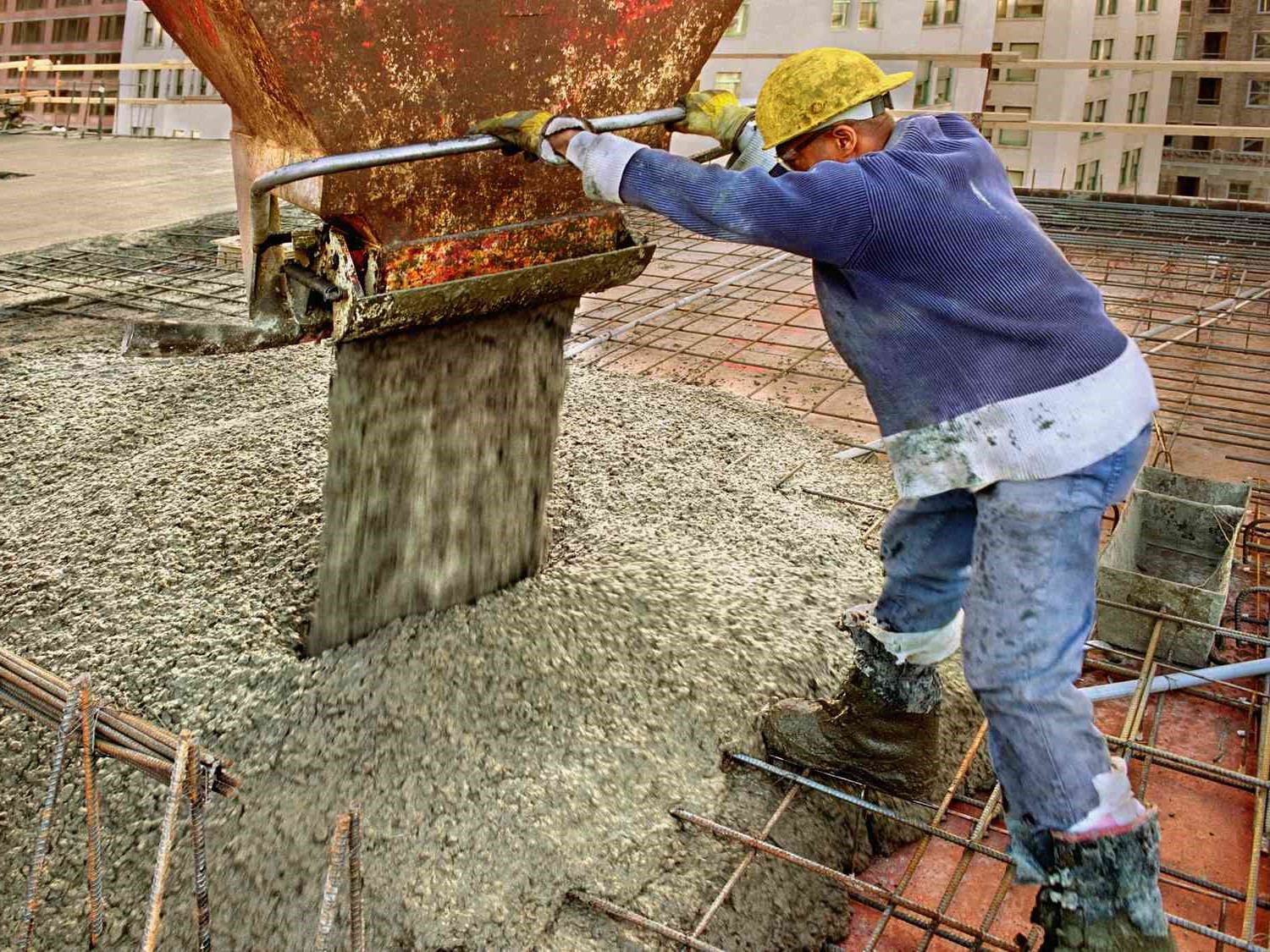

Weather and Climate
Optimizing Concrete Performance In Cold Weather
Modified: April 28, 2024
Learn how to optimize concrete performance in cold weather conditions with our expert tips and techniques. Understand the impact of weather and climate on concrete to ensure durable and long-lasting results.
(Many of the links in this article redirect to a specific reviewed product. Your purchase of these products through affiliate links helps to generate commission for Temperatures.com, at no extra cost. Learn more)
Table of Contents
- Understanding the Effects of Cold Weather on Concrete
- Selecting the Right Materials for Cold Weather Concreting
- Adapting Mix Designs for Low Temperature Conditions
- Implementing Proper Curing Techniques in Cold Weather
- Utilizing Accelerators and Retarders to Control Setting Time
- Best Practices for Placing and Finishing Concrete in Cold Weather
- Ensuring Long-Term Durability and Performance in Cold Weather Conditions
Understanding the Effects of Cold Weather on Concrete
Cold weather poses significant challenges to the performance and durability of concrete. As temperatures drop, the behavior of concrete undergoes notable changes, impacting its setting time, strength development, and overall quality. Understanding these effects is crucial for ensuring the successful execution of construction projects in cold weather conditions.
-
Delayed Setting Time: In cold weather, the setting time of concrete is prolonged. This occurs due to the reduced rate of cement hydration, which is essential for the concrete to harden and develop strength. As a result, the initial setting time is extended, requiring careful monitoring and management to prevent potential issues during placement and finishing.
-
Reduced Strength Development: The cold environment hinders the strength development of concrete. The hydration process slows down significantly, leading to delayed strength gain. This can compromise the structural integrity of the concrete if not addressed effectively, emphasizing the need for tailored strategies to mitigate the impact of low temperatures.
-
Increased Risk of Cracking: Cold weather exacerbates the risk of cracking in concrete. When exposed to freezing temperatures, the water within the concrete mixture can freeze, causing it to expand and exert pressure on the surrounding cement paste and aggregates. This expansion can lead to internal microcracking, ultimately compromising the durability and performance of the concrete.
-
Challenges in Workability: Cold weather adversely affects the workability of concrete. The mixture becomes stiffer and less manageable, making it challenging to achieve proper consolidation and finishing. This can impede the construction process and result in subpar surface quality if not addressed through appropriate measures.
-
Potential for Frost Damage: In freezing conditions, the presence of excess moisture within the concrete can lead to frost damage. When water within the concrete freezes, it can cause internal distress and deterioration, posing a significant risk to the long-term durability of the structure.
By comprehensively understanding these effects, construction professionals can proactively address the unique challenges posed by cold weather, implementing targeted strategies to optimize concrete performance and mitigate potential issues. Selecting the right materials, adapting mix designs, and implementing proper curing techniques are essential components of a successful cold weather concreting approach.
Read more: Tips For Pouring Concrete In Cold Weather
Selecting the Right Materials for Cold Weather Concreting
When undertaking concrete construction in cold weather, the selection of appropriate materials plays a pivotal role in ensuring the successful performance and longevity of the concrete. The materials chosen must be capable of withstanding the unique challenges posed by low temperatures, effectively addressing the potential issues associated with cold weather concreting.
Cement Selection
Choosing the right type of cement is fundamental in cold weather concreting. Blended cements, such as those containing supplementary cementitious materials like fly ash or slag, are advantageous in cold weather conditions. These materials enhance the workability and durability of the concrete, mitigating the adverse effects of low temperatures on the mixture. Additionally, the use of Type III high-early-strength cement can expedite the setting and early strength development, crucial factors in cold weather concreting.
Aggregates
The selection of aggregates significantly influences the performance of concrete in cold weather. Well-graded aggregates with a low water absorption capacity are preferred, as they minimize the risk of freeze-thaw damage. Additionally, utilizing aggregates that are free from contaminants and deleterious materials is essential to ensure the long-term durability of the concrete in cold weather conditions.
Admixtures
Incorporating appropriate admixtures is a key consideration for cold weather concreting. Air-entraining admixtures are particularly vital, as they create a system of microscopic air bubbles within the concrete, enhancing its resistance to freeze-thaw cycles. Furthermore, the use of set-controlling admixtures, such as retarders, can effectively manage the setting time of the concrete, allowing for adequate placement and finishing even in low temperature environments.
Water Reducing Agents
The utilization of water reducing agents is beneficial in cold weather concreting, as it improves the workability of the mixture without increasing the water content. This is crucial in maintaining the desired consistency of the concrete, facilitating proper placement and consolidation despite the challenges posed by cold temperatures.
Insulating Materials
In extremely cold conditions, the inclusion of insulating materials, such as lightweight aggregates or foam concrete, can provide thermal protection to the freshly placed concrete. These materials help in retaining the heat of hydration, preventing rapid temperature fluctuations that can compromise the integrity of the concrete during the crucial early stages of curing.
By meticulously selecting the appropriate materials, construction professionals can fortify the concrete against the detrimental effects of cold weather, ensuring that it achieves the desired strength, durability, and performance characteristics. The strategic combination of high-quality cement, aggregates, admixtures, and insulating materials forms the foundation for a resilient and robust concrete mix tailored for cold weather concreting.
Adapting Mix Designs for Low Temperature Conditions
Adapting mix designs to suit low temperature conditions is a critical aspect of cold weather concreting, necessitating meticulous adjustments to the composition and proportions of the concrete mixture. By tailoring the mix design to mitigate the adverse effects of low temperatures, construction professionals can optimize the performance, workability, and durability of the concrete, ensuring its successful placement and long-term resilience in cold weather environments.
Proportioning of Materials
In low temperature conditions, the proportioning of materials in the concrete mix assumes heightened significance. Adjusting the water-cement ratio is imperative, as a lower ratio reduces the potential for excess water that could lead to freeze-thaw issues. Additionally, optimizing the aggregate-cement ratio contributes to improved strength and durability, counteracting the challenges posed by reduced hydration rates in cold weather.
Supplementary Cementitious Materials
Incorporating supplementary cementitious materials, such as fly ash or slag, is a strategic approach to adapting mix designs for low temperature conditions. These materials enhance the properties of the concrete, including workability, strength development, and resistance to freezing and thawing cycles. By replacing a portion of the cement with supplementary materials, the mix becomes better suited to withstand the challenges of cold weather concreting.
Adjusting Chemical Admixtures
The modification of chemical admixtures is pivotal in adapting mix designs for low temperature conditions. Utilizing set-controlling admixtures, such as retarders, enables precise management of the setting time, allowing for extended workability and placement duration. Moreover, the incorporation of air-entraining admixtures enhances the freeze-thaw resistance of the concrete, safeguarding its long-term durability in cold weather environments.
Temperature Control Measures
Implementing temperature control measures within the mix design is essential for mitigating the impact of low temperatures. Preheating the mixing water and aggregates helps maintain the desired temperature of the fresh concrete, preventing rapid cooling that could impede the hydration process. Additionally, utilizing warm water and aggregates aids in sustaining the workability and early strength development of the concrete, crucial factors in cold weather concreting.
Consideration of Setting Time
Adapting mix designs for low temperature conditions necessitates careful consideration of the setting time. By selecting cement types with high-early-strength characteristics, construction professionals can expedite the setting and early strength development, counteracting the delayed setting time typically experienced in cold weather. This proactive approach ensures that the concrete achieves the required strength within the specified timeframe, despite the challenges posed by low temperatures.
In essence, adapting mix designs for low temperature conditions demands a comprehensive understanding of the interplay between materials, proportions, and chemical interactions within the concrete mixture. By strategically adjusting the mix design to address the unique challenges of cold weather concreting, construction professionals can optimize the performance and durability of the concrete, laying the foundation for successful construction projects in low temperature environments.
Implementing Proper Curing Techniques in Cold Weather
Proper curing is essential for the development of strength, durability, and overall performance of concrete, particularly in cold weather conditions. The curing process significantly influences the hydration of cement and the overall quality of the concrete, making it imperative to implement tailored techniques that account for the challenges posed by low temperatures.
Insulation and Enclosure
In cold weather, insulation and enclosure play a crucial role in maintaining the optimal curing conditions for concrete. Utilizing insulating blankets or thermal quilts effectively retains the heat generated during the hydration process, preventing rapid temperature fluctuations that could impede the development of strength. Additionally, enclosing the freshly placed concrete with temporary enclosures, such as heated enclosures or windbreaks, shields it from harsh external elements, creating a conducive environment for proper curing.
Heat Application
In cold weather concreting, the application of heat is a valuable technique for promoting effective curing. Electric or gas-powered heating systems can be employed to maintain the temperature of the concrete at desirable levels, facilitating the uninterrupted progress of hydration. Careful monitoring and regulation of the applied heat are essential to prevent thermal differentials and ensure uniform curing throughout the concrete elements.
Moisture Retention
Retaining adequate moisture is critical for the successful curing of concrete in cold weather. Covering the concrete with moisture-retaining materials, such as wet burlap or plastic sheets, prevents excessive evaporation and helps sustain the necessary moisture levels for optimal hydration. This approach safeguards the concrete against premature drying, ensuring that the hydration process proceeds unhindered despite the challenges of low temperatures.
Monitoring and Quality Control
In cold weather conditions, diligent monitoring and quality control are paramount during the curing process. Regular assessment of the concrete temperature, surface conditions, and moisture levels enables proactive adjustments to the curing techniques, ensuring that the concrete attains the desired strength and durability characteristics. Additionally, conducting comprehensive inspections and quality checks facilitates the early identification of potential issues, allowing for timely remedial actions to maintain the integrity of the curing concrete.
Duration and Post-Curing Measures
Extending the duration of curing is often necessary in cold weather concreting to compensate for the reduced hydration rates. Once the initial curing period is completed, implementing post-curing measures, such as the application of curing compounds or additional insulation, further enhances the strength development and durability of the concrete. These post-curing techniques contribute to the long-term resilience of the concrete, fortifying it against the detrimental effects of cold weather.
By implementing proper curing techniques tailored for cold weather conditions, construction professionals can effectively mitigate the challenges associated with low temperatures, ensuring that the concrete achieves the desired strength, durability, and performance characteristics. Through insulation, heat application, moisture retention, vigilant monitoring, and strategic post-curing measures, the curing process becomes a cornerstone of successful cold weather concreting, laying the groundwork for resilient and enduring concrete structures.
Utilizing Accelerators and Retarders to Control Setting Time
In the realm of cold weather concreting, the precise control of setting time is a critical factor that significantly influences the successful placement and finishing of concrete. Accelerators and retarders emerge as indispensable tools in the construction professional's arsenal, offering tailored solutions to manage the setting time of concrete in low temperature conditions.
Accelerators: Expediting Early Strength Development
Accelerators, also known as set accelerators or early strength admixtures, are compounds designed to hasten the setting and early strength development of concrete. In cold weather concreting, where the prolonged setting time poses challenges, the strategic incorporation of accelerators becomes instrumental in expediting the crucial early stages of concrete hardening.
Calcium chloride is a widely utilized accelerator in cold weather concreting, effectively promoting rapid setting and early strength gain. By facilitating the initiation of cement hydration at lower temperatures, calcium chloride accelerates the development of initial strength, enabling timely formwork removal and advancing construction schedules. However, it is essential to exercise caution when using calcium chloride, as its excessive dosage can lead to potential corrosion of embedded steel reinforcements, necessitating precise dosage control and adherence to industry guidelines.
Additionally, non-chloride accelerators, such as calcium nitrate or triethanolamine, offer viable alternatives for accelerating setting time without the associated risks of chloride-based accelerators. These non-chloride compounds provide effective acceleration while mitigating the concerns related to corrosion potential, making them suitable choices for cold weather concreting applications where accelerated early strength development is paramount.
Read more: Optimal Temperature For Baking Bread
Retarders: Managing Setting Time in Low Temperatures
In contrast to accelerators, retarders function to delay the setting time of concrete, offering valuable flexibility in cold weather concreting scenarios. Retarders are particularly beneficial when extended workability and placement duration are essential, allowing construction professionals to navigate the challenges posed by low temperatures and ensure meticulous concrete placement and finishing.
Polycarboxylate-based retarders are widely employed in cold weather concreting, effectively prolonging the setting time while maintaining the desired workability and consistency of the concrete mixture. These retarders operate by controlling the rate of cement hydration, enabling construction teams to manage the setting time according to the specific requirements of the project. By incorporating polycarboxylate-based retarders, construction professionals can optimize the placement and finishing processes, mitigating the constraints imposed by cold weather conditions and achieving superior surface quality and structural integrity.
The strategic utilization of accelerators and retarders empowers construction professionals to exert precise control over the setting time of concrete in cold weather environments, aligning the concrete placement and finishing processes with the unique challenges posed by low temperatures. By leveraging accelerators to expedite early strength development and employing retarders to manage setting time, construction teams can navigate the complexities of cold weather concreting with confidence, ensuring the successful execution of construction projects in challenging environmental conditions.
Best Practices for Placing and Finishing Concrete in Cold Weather
Placing and finishing concrete in cold weather necessitates adherence to meticulous best practices to ensure the successful execution of construction projects while mitigating the challenges posed by low temperatures. By implementing tailored strategies and techniques, construction professionals can optimize the placement and finishing processes, safeguarding the quality, integrity, and long-term performance of the concrete in cold weather conditions.
Preparatory Measures
Prior to concrete placement, thorough preparatory measures are essential to create a conducive environment for successful cold weather concreting. This includes ensuring that the subgrade and formwork are adequately prepared and free from ice, snow, or excess moisture. Additionally, preheating the formwork and subgrade can help maintain the desired temperature for the concrete placement, preventing rapid cooling that could compromise the quality of the finished product.
Temperature Monitoring
Vigilant monitoring of the concrete temperature throughout the placement and finishing stages is crucial in cold weather concreting. Utilizing temperature sensors and monitoring devices enables construction teams to track the temperature evolution of the concrete, facilitating real-time adjustments to the placement and finishing techniques to account for the impact of low temperatures on the mixture.
Read more: The Best Glue For Cold Weather
Controlled Placement
Controlled placement of concrete is paramount in cold weather conditions to ensure uniformity and proper consolidation. Employing techniques such as strategic pouring sequences, adequate vibration, and careful handling of the mixture helps maintain the desired workability and homogeneity, mitigating the challenges posed by stiffening and reduced flowability in cold temperatures.
Protective Measures
Implementing protective measures during and after concrete placement is essential to safeguard the freshly placed concrete from the adverse effects of cold weather. Utilizing insulated blankets or temporary heating systems to cover the concrete elements shields them from rapid cooling, promoting uninterrupted hydration and strength development. Additionally, protecting the concrete from freezing during the initial curing stages is critical to prevent potential damage and ensure the attainment of desired strength and durability.
Finishing Techniques
Adapting finishing techniques to suit cold weather conditions is crucial for achieving superior surface quality and structural integrity. Utilizing non-reactive curing compounds or insulating blankets during the finishing process aids in maintaining the necessary moisture levels and temperature, facilitating the proper curing of the concrete despite the challenges posed by low temperatures. Furthermore, employing appropriate finishing tools and techniques ensures the attainment of smooth, durable, and aesthetically pleasing concrete surfaces, enhancing the overall quality of the finished structures.
By adhering to these best practices for placing and finishing concrete in cold weather, construction professionals can navigate the complexities of low temperatures with precision and expertise, ensuring that the concrete achieves the desired strength, durability, and performance characteristics. Through meticulous preparatory measures, temperature monitoring, controlled placement, protective measures, and tailored finishing techniques, the placement and finishing processes become integral components of successful cold weather concreting, laying the groundwork for resilient and enduring concrete structures.
Ensuring Long-Term Durability and Performance in Cold Weather Conditions
Long-term durability and performance of concrete in cold weather conditions hinge upon meticulous planning, strategic implementation of construction techniques, and proactive measures to mitigate the impact of low temperatures on the concrete structures. By prioritizing durability and performance, construction professionals can fortify the concrete against the detrimental effects of cold weather, ensuring its resilience and longevity in challenging environmental conditions.
Read more: How Cold is the Weather in DC in February?
Comprehensive Durability Strategies
Incorporating comprehensive durability strategies is fundamental to safeguarding concrete against the harsh realities of cold weather. This encompasses meticulous attention to material selection, mix design optimization, and adherence to industry best practices. By selecting high-quality materials, including durable aggregates and supplementary cementitious materials, construction professionals can enhance the resistance of the concrete to freeze-thaw cycles and mitigate the risk of deterioration in cold weather environments. Additionally, optimizing the mix design to promote dense, impermeable concrete with enhanced durability characteristics is essential for long-term performance, ensuring that the concrete can withstand the rigors of low temperatures and environmental exposure.
Protective Coating and Sealing
Applying protective coatings and sealants to the concrete surfaces is a proactive measure to enhance its long-term durability in cold weather conditions. Utilizing specialized coatings that offer resistance to de-icing chemicals, moisture intrusion, and freeze-thaw damage provides an additional layer of protection, prolonging the service life of the concrete structures. Furthermore, sealing the concrete against moisture ingress and chloride ion penetration contributes to the preservation of its integrity and performance, mitigating the potential for deterioration and enhancing its resilience in cold weather environments.
Structural Design Considerations
Integrating structural design considerations that account for the challenges of cold weather is pivotal in ensuring the long-term durability and performance of concrete structures. This includes optimizing reinforcement detailing, incorporating adequate cover to protect the reinforcement from corrosion, and designing for thermal differentials to mitigate the risk of cracking. By aligning the structural design with the unique demands of cold weather conditions, construction professionals can bolster the resilience of the concrete structures, ensuring their enduring performance and longevity.
Maintenance and Monitoring Protocols
Establishing proactive maintenance and monitoring protocols is essential for preserving the long-term durability and performance of concrete in cold weather. Regular inspections, maintenance activities, and condition assessments enable early detection of potential issues, allowing for timely remediation and preservation of the concrete structures. Additionally, implementing targeted maintenance practices, such as crack repair and surface treatments, contributes to the sustained performance and aesthetics of the concrete, ensuring its functionality and visual appeal in cold weather environments.
By integrating these comprehensive strategies and measures, construction professionals can ensure the long-term durability and performance of concrete in cold weather conditions, fortifying the structures against the challenges of low temperatures and environmental exposure. Through meticulous material selection, protective coatings, structural design considerations, and proactive maintenance protocols, the concrete structures achieve resilience, longevity, and enduring performance, standing as testaments to the successful execution of construction projects in cold weather environments.

